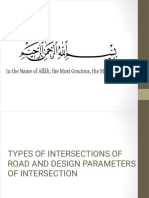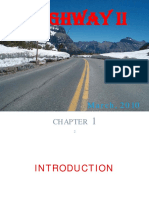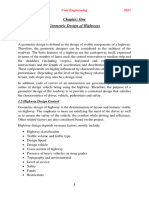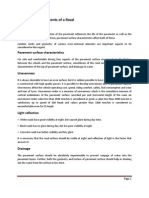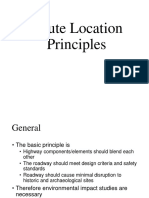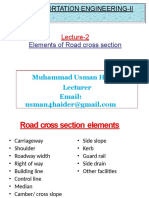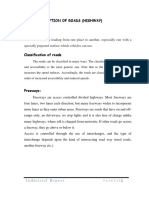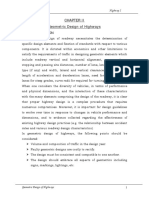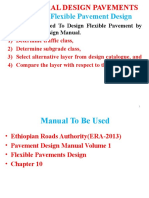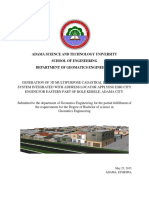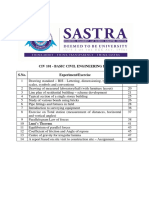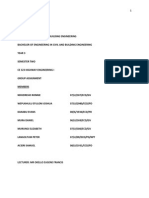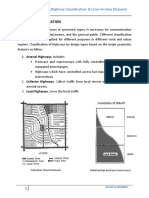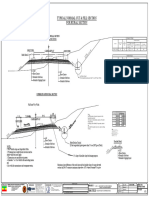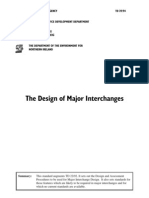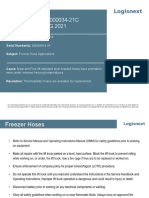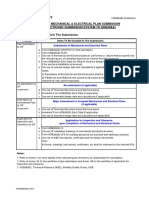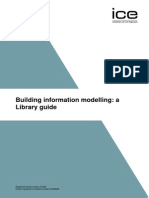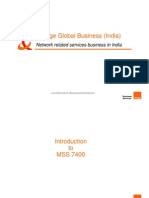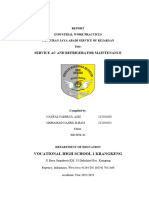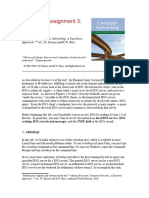100% found this document useful (1 vote)
195 views3 pagesDepartures From Standards
A departure from standards occurs when a designer does not follow the requirements in a design manual. Departures may be necessary due to emerging technologies, site constraints, disproportionate costs, or to allow for innovation. Important considerations for departures include safety, maintainability, and providing good long-term value. Various disciplines like road layout, bridges, and drainage have standards that can require departures. There is a process for identifying and approving departures from standards according to the Design Manual for Roads and Bridges.
Uploaded by
Diana GarciaCopyright
© © All Rights Reserved
We take content rights seriously. If you suspect this is your content, claim it here.
Available Formats
Download as DOCX, PDF, TXT or read online on Scribd
100% found this document useful (1 vote)
195 views3 pagesDepartures From Standards
A departure from standards occurs when a designer does not follow the requirements in a design manual. Departures may be necessary due to emerging technologies, site constraints, disproportionate costs, or to allow for innovation. Important considerations for departures include safety, maintainability, and providing good long-term value. Various disciplines like road layout, bridges, and drainage have standards that can require departures. There is a process for identifying and approving departures from standards according to the Design Manual for Roads and Bridges.
Uploaded by
Diana GarciaCopyright
© © All Rights Reserved
We take content rights seriously. If you suspect this is your content, claim it here.
Available Formats
Download as DOCX, PDF, TXT or read online on Scribd
/ 3



